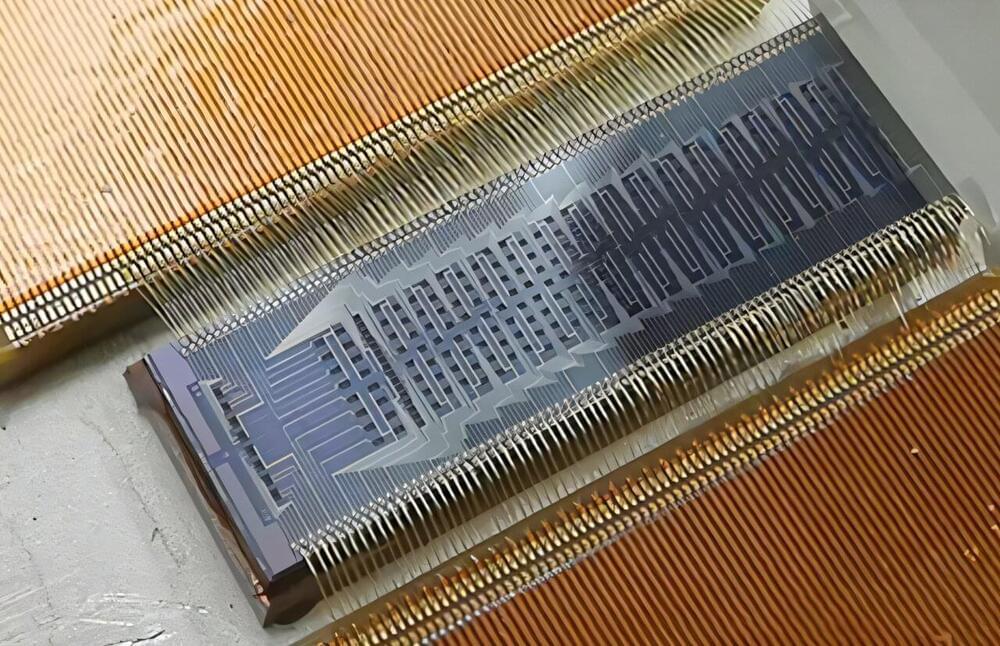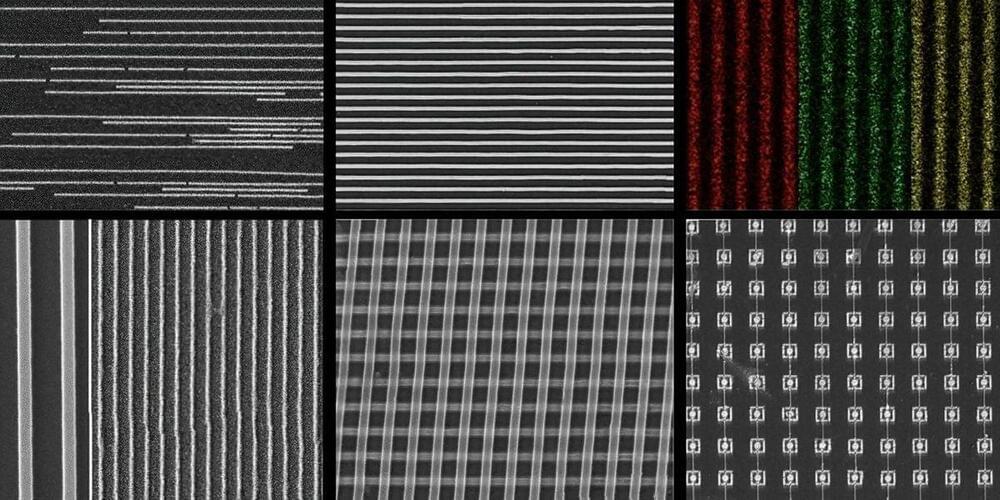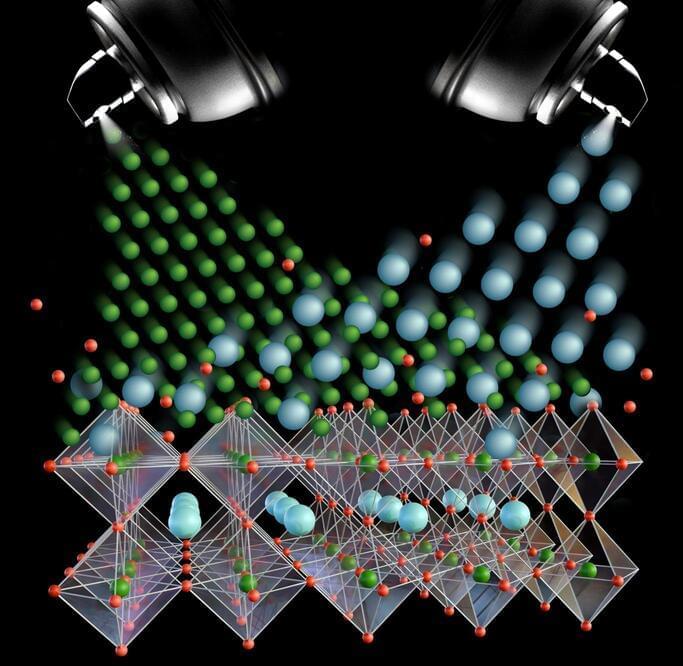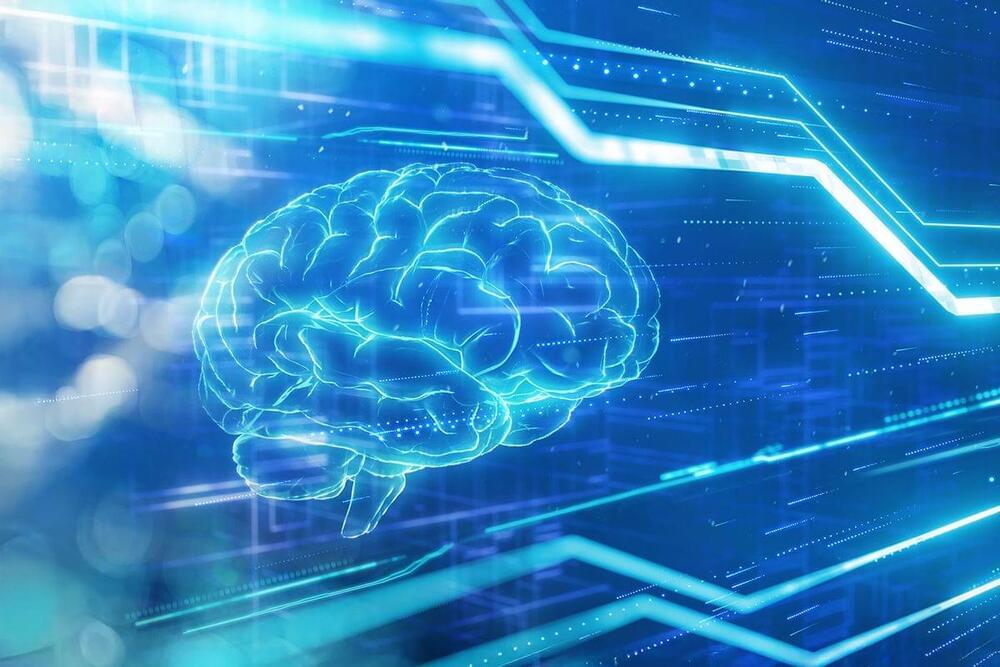The brain is sometimes called the most complex machine in the known universe. But the thoughts that it outputs putter along at a trifling 10 bits per second, the pace of a conversation.
By Rachel Nuwer
People tend to have the sense that their inner thoughts and feelings are much richer than what they are capable of expressing in real time. Elon Musk has spoken publicly about this “bandwidth problem,” as he described it to podcaster Joe Rogan. Musk is so bothered by this, in fact, that he has made it one of his long-term goals to create an interface that allows the human brain to communicate directly with a computer, unencumbered by the slow speed of speaking or writing.







